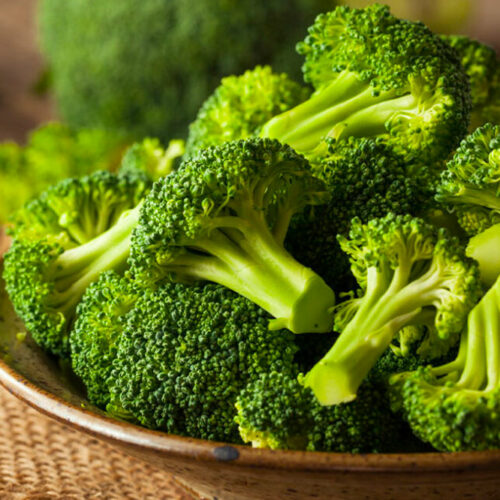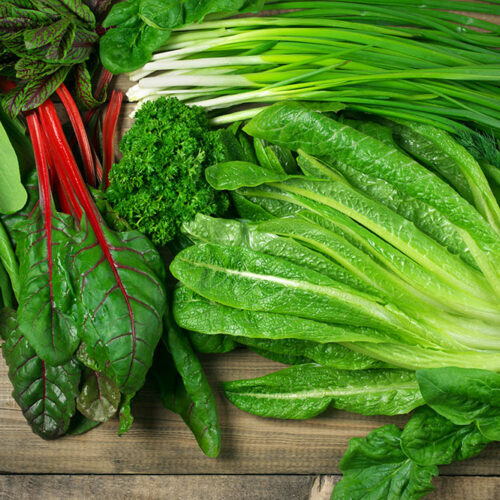6 foods that can help reduce cancer risk

Cancer is a health condition where abnormal cells multiply and spread quickly, sometimes forming tumors. While there is no sure way to prevent it, several studies have shown that a balanced meal plan rich in vitamins, minerals, antioxidants, and specific compounds can keep the body healthy and lower the risk of getting the disease. The following are a few such foods to add to the nutrition regime that can help keep cancer at bay: Broccoli This green veggie can reduce the risk of different types of cancer, including stomach cancer and cancers of the esophagus, larynx, pharynx, and mouth. It is mainly because of a compound called sulforaphane, which is known to have anti-cancer properties. It helps detoxify the body from harmful substances that can trigger the disease. Research suggests that steamed broccoli is especially beneficial in reducing the risk of prostate, colon, and colorectal cancer. Since the cruciferous vegetable is also packed with other vitamins, minerals, and potent antioxidants, it helps boost the immune system, which is essential when dealing with cancer. Carrots Adding carrots to the menu a few times a week reduces cancer risk. Carrots have several compounds that prevent the disease from growing and spreading. For instance, phytochemicals protect the cells in the body against toxins in the food and environment.






